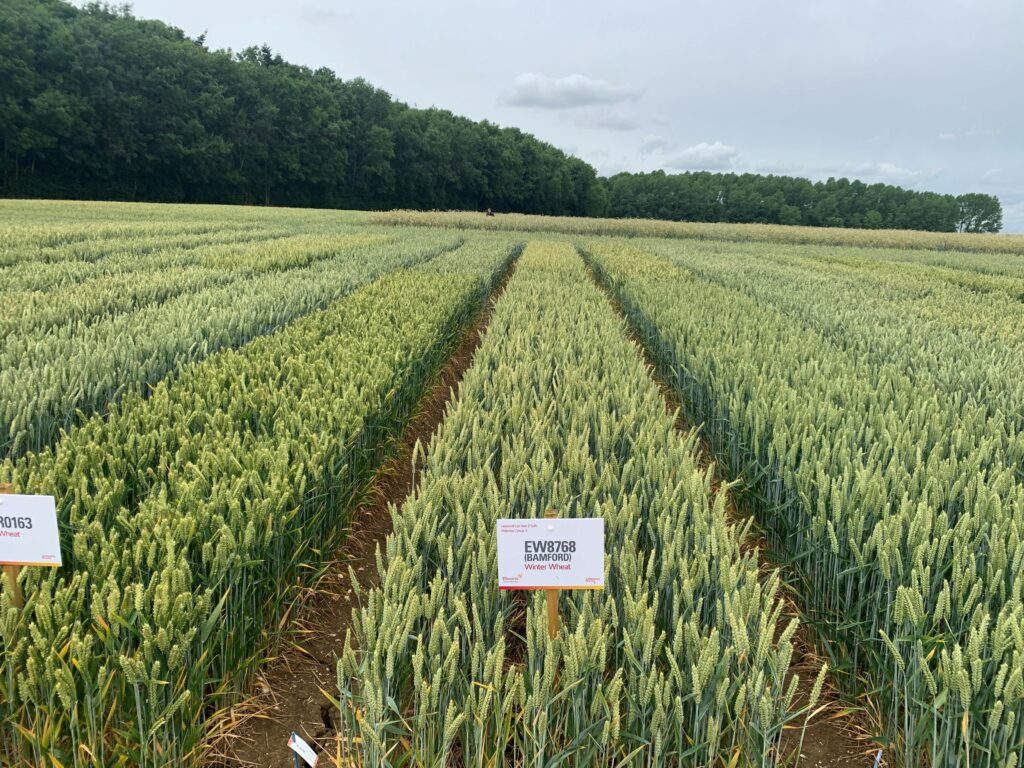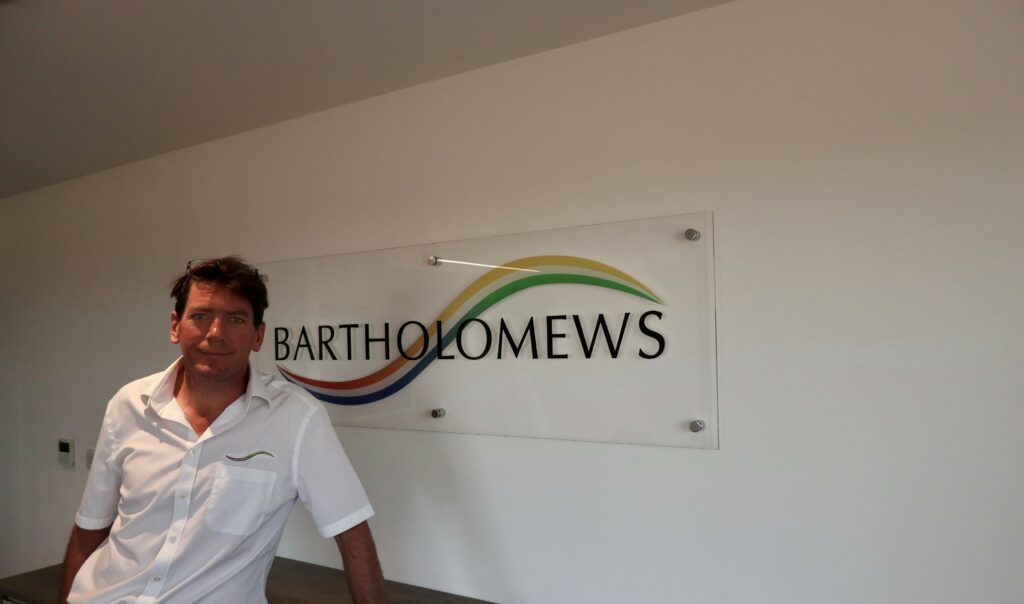High yielding Bamford signals landmark change in UK soft wheat sector
Written by Mike Thornton, UK Head of Crop Production at Procam.
With just 5 new varieties recommended for the 2024-25 season, 10 removed and a much-improved layout, the new Recommended List (RL) for winter wheats has a cleaner, fresher look that should enable growers and agronomists to navigate their way more effectively through a maze of data towards an informed decision.

Despite a strong line-up of new winter wheats this year, the overall stand-out based on its yield, wide marketability, high specific weight, and impressively consistent disease resistance ratings has to be Bamford.
With a treated yield of 106%, it’s 6% ahead of the next best Group 3 soft, and with an untreated yield of 92%, it has the second highest untreated yield on the entire winter wheat RL – regardless of classification.
The new soft wheat, from independent breeder Elsoms Seeds, first caught our attention in NL1 trials following a tip-off from my Procam colleague, Seed Manager Lee Harker.
I recall Bamford’s specific weight being over 78kg/hl in that first trial when most other wheats struggled to get close to that type of figure. The untreated Bamford plot looked incredibly clean and, with growers often looking for opportunities to lower agrichemical inputs, its 92% untreated score is a compelling figure on any variety’s CV. It’s undoubtedly the best Group 3 to come onto the RL in many years, but I believe growers should consider it, first and foremost, as a very high yielding wheat – not simply as a Group 3 biscuit wheat.
Although there’s very little to separate Bamford and LG Beowulf on this year’s list, Bamford’s earlier maturity may well give it an agronomic edge with growers in the North.
From speaking to Christian Maltby, Seed Manager at Bartholomews, he believes that, for growers based in the South, Bamford’s higher yield when compared to almost all other winter wheats would be its greatest attraction.

Growing high-yielding Group 4 feed wheat in the South-East is often less favourable due to a lack of local feed homes and export interest. Assuming growers can grow Bamford to a minimum 11% protein, allied to its robust Hagberg and specific weight data, high quality UK soft Group 3’s like Bamford are highly marketable for export, due to a lack of Group 3 wheat being grown in other countries for the Iberian market.
Christian felt that with increasing costs of fertiliser, and the higher risk involved in pushing some varieties to achieve 13% protein, growing a Group 3 to achieve 11% protein would be a preferable option for some growers. As a merchant, they’re looking forward to seeing how the variety performs on a larger scale and expect to see strong seed demand this autumn. Their longer-term expectation is that subsequent high-yielding Bamford wheat crops, grown to a specific minimum grain quality will increase the market share of planted Group 3’s in the UK.

Bamford looks well equipped for earlier drilling dates, which will appeal to growers following some serious crop establishment challenges in 2023. It’s straw strength and moderate speed of development in the autumn make it well suited to earlier drilling, particularly in the north of England and Scotland where September drilling dates are preferred. Bamford also offers a fast speed of development in the spring and has an erect growth habit. Two significant agronomic characteristics that will help it to outcompete higher grassweed burdens – a key problem for UK wheat growers during the last 2 seasons.
It has been a long time since we’ve seen a variety on the RL with a 6% yield advantage over the next best variety in its group. Bamford has the potential to revitalise the Group 3 sector and I believe it signals a landmark change for the UK soft wheat sector.

